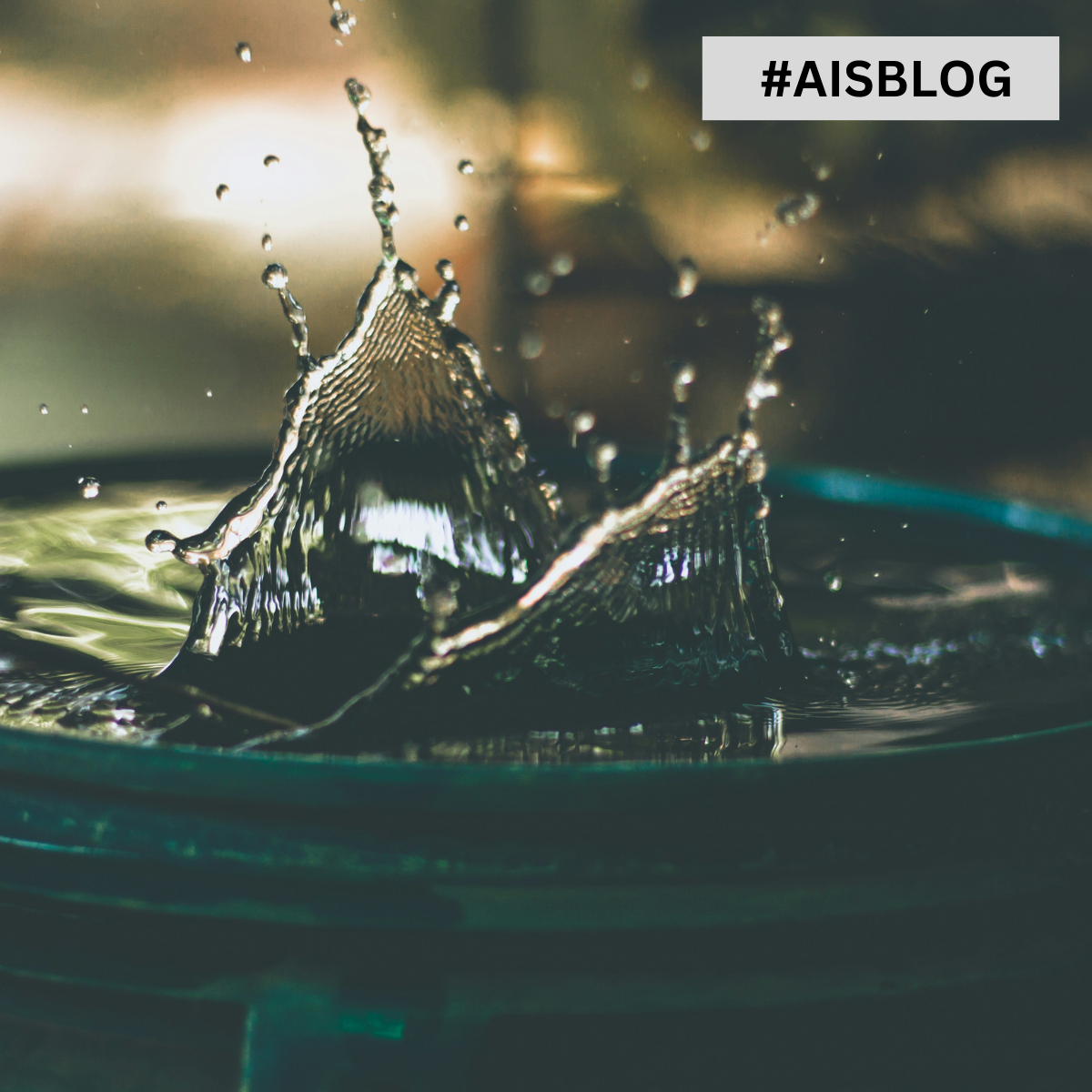Water Claims: What to expect

The consequences of a water leak, also known as escape of water, can be far-reaching and devastating. But what sometimes confuses most policyholders is the coverage of their insurance policy when this happens.
Caroline Bullard, Claims Manager, Albanwise Insurance Services
There has been a water leak inside your kitchen, and this has caused major damage across the adjoining areas of your flat: the pipes in themselves need repairing; the flooring under your carpets has been damaged. You then reach out to your insurance provider only to realise the finer nuances of your policy. The cost to repair your pipes is not covered (as they are considered as ‘wear and tear,’ which according to standard policy would not be covered) whereas the wooden floors under your carpets are covered, as they are considered to be part of the building’s structure.
Water leaks are classed under the escape of water peril in the insurance industry. According to the Association of British Insurers, escape of water damage is one of the most common types of property damage claims, with insurers paying out £1.8 million for it every day.1 The most common cause of escape of water is due to wear & tear of the plumbing system.
Escape of water by definition, is damage caused by water escaping in your building, from any tank, pipe, or water bearing apparatus such as a radiator. It is different from flooding from a river or surface water and is not to be confused with damage caused by external water sources, such as rainwater leaking from your roof, which would be classed as water ingress. For the most part of the article and for the benefit of our readers, we will refer to a water leak as ‘Escape of Water.’2 When escape of water takes place, the consequences in terms of damage can be far-reaching and devasting.
So, what is covered under your claim? While specific coverage details will differ and vary depending on your insurance provider, it is vital to keep yourself abreast with the vital and basic information.
What’s covered
As mentioned earlier, what would be covered varies depending on your insurance provider, however if we go by the definition of what escape of water would entail, it would be: the resultant damage caused by water escaping from within your building; from pipe work, tank or water bearing apparatus. Therefore, damages that would be covered under this peril would not include overflowing baths, showers, wash basins or water seeping between tiles due to worn grouting or sealant. These incidents could still be considered under the accidental damage peril of the policy.
Under escape of water, repair to the pipework which failed would not be covered. This is a standard clause across the industry. Also, if the property is unoccupied for certain period of time (determined by the insurer’s policy wording) insurers would usually restrict or exclude cover for escape of water incidents.
Coming up next: What information do insurers need from you in case of an escape of water? We’ve got these aspects covered in our next blog. Stay tuned!
Albanwise Insurance Services is proud to have a knowledgeable team with years of experience. Should you have any queries whether it is about water leaks or claims, contact us here
[1] Association of British Insurers website: https://www.abi.org.uk/products-and-issues/choosing-the-right-insurance/home-insurance/burst-pipes-and-water-leaks/
2. Definition derived from resources from Aviva’s website and brochures.



